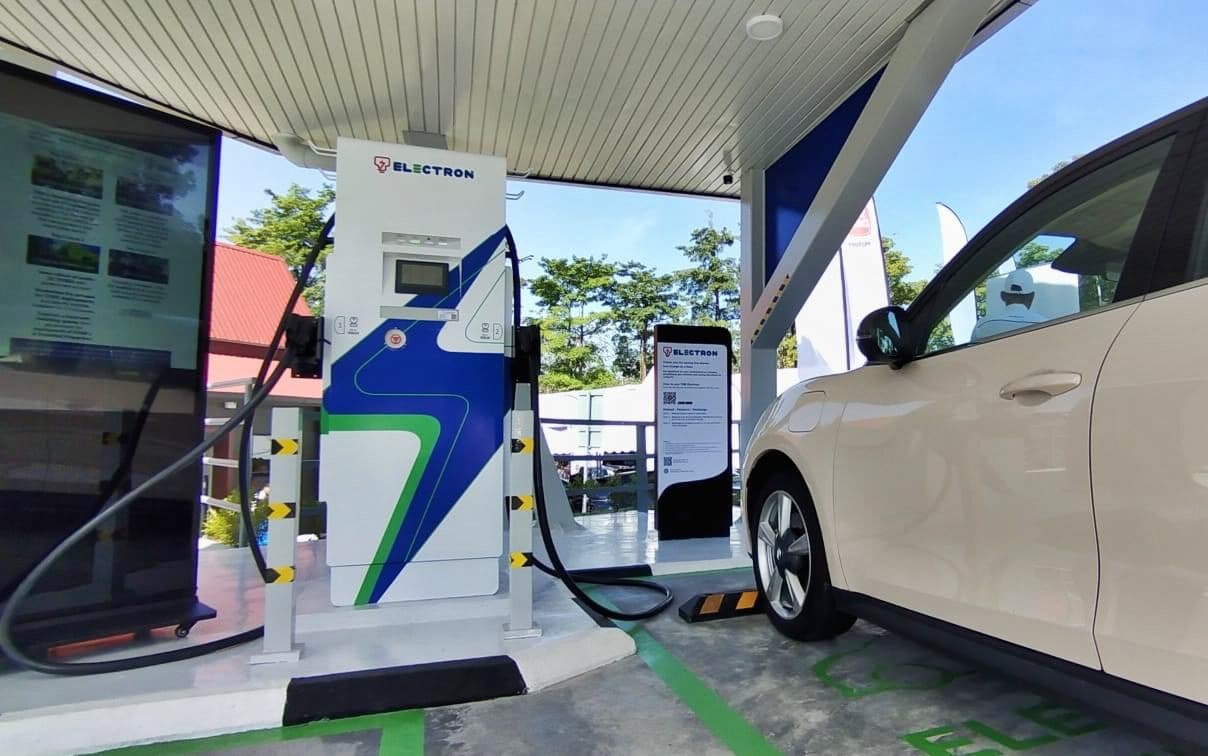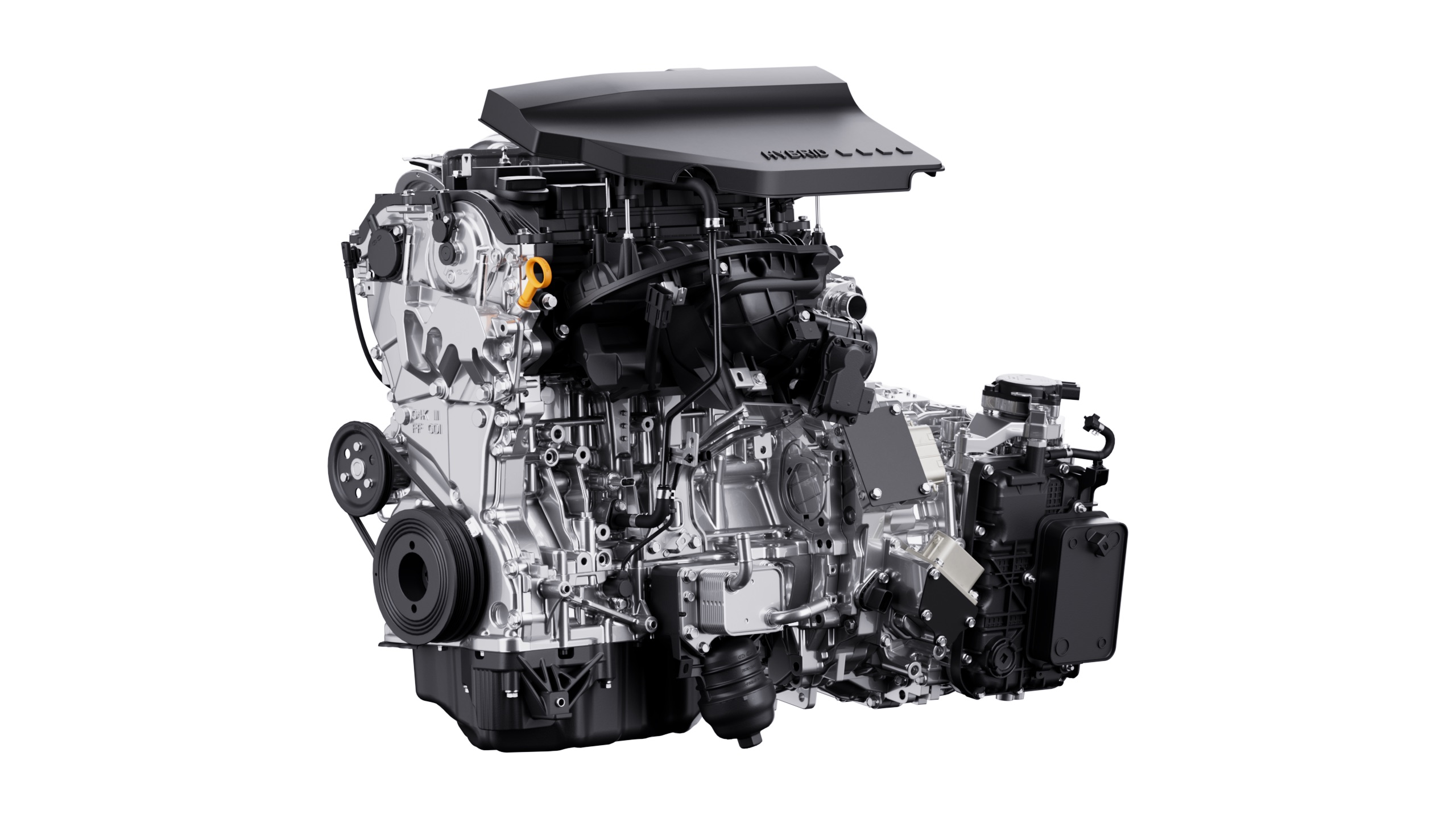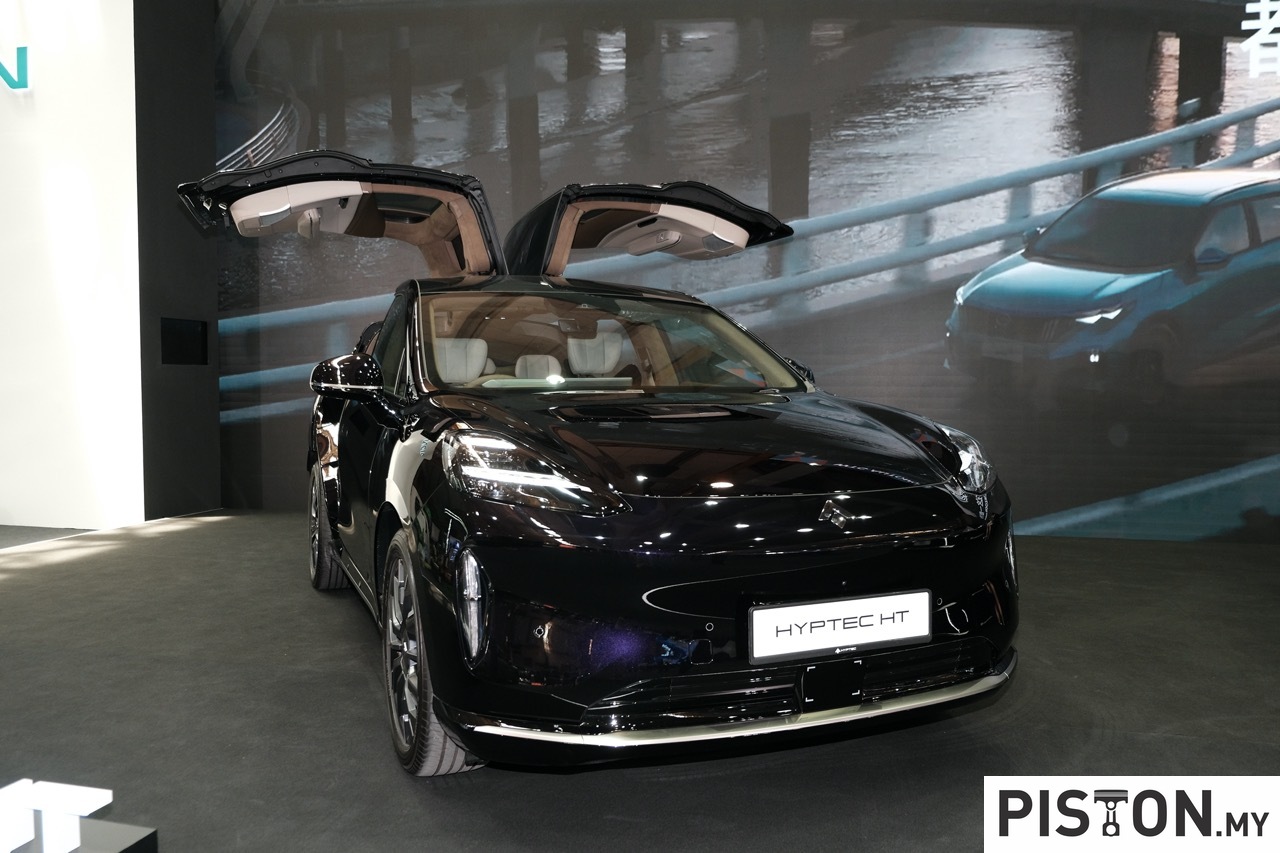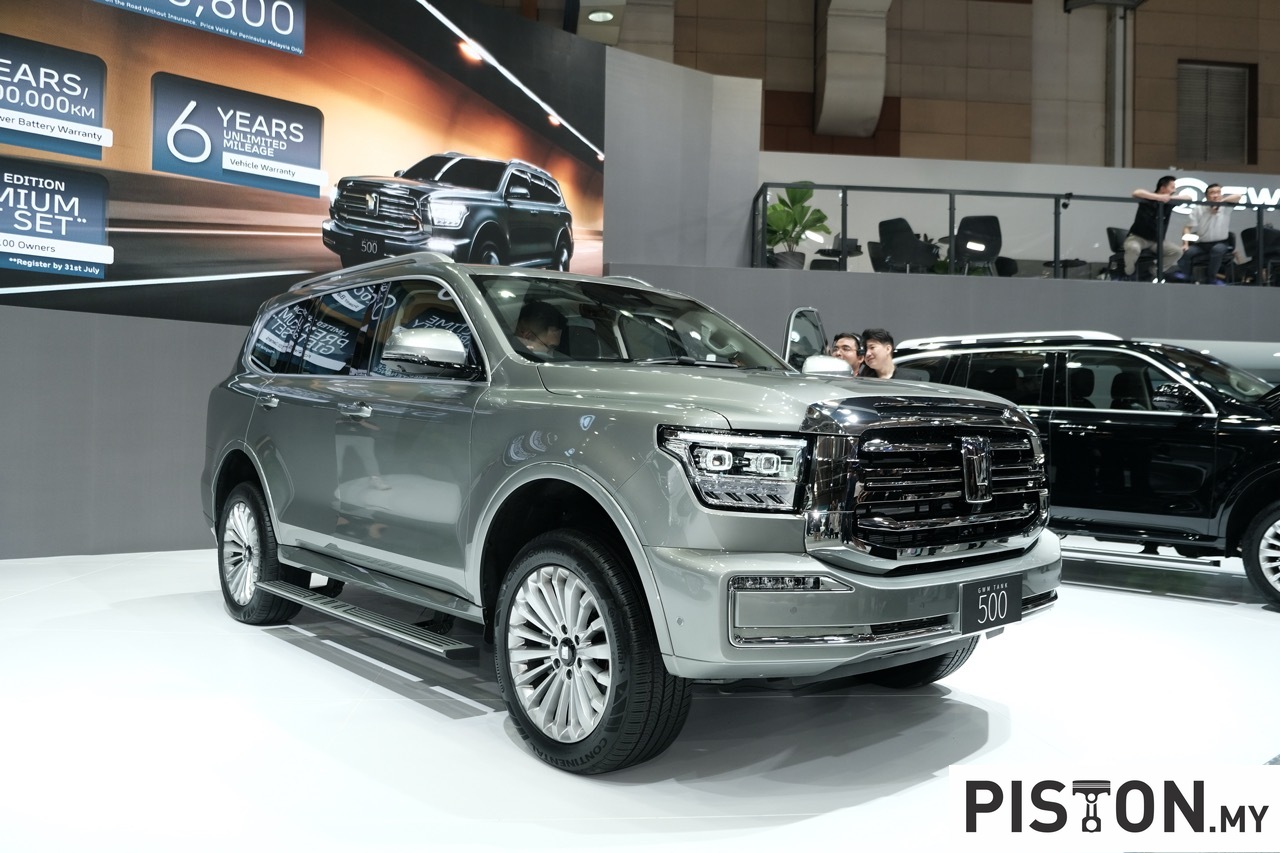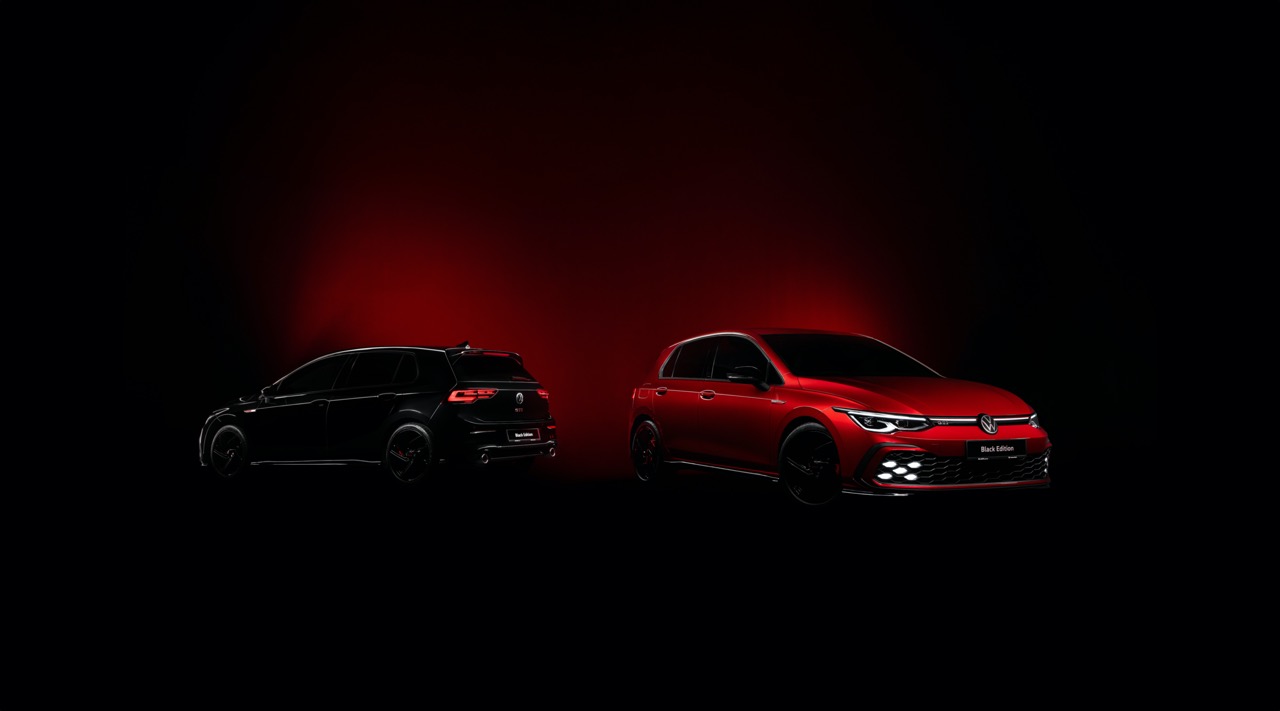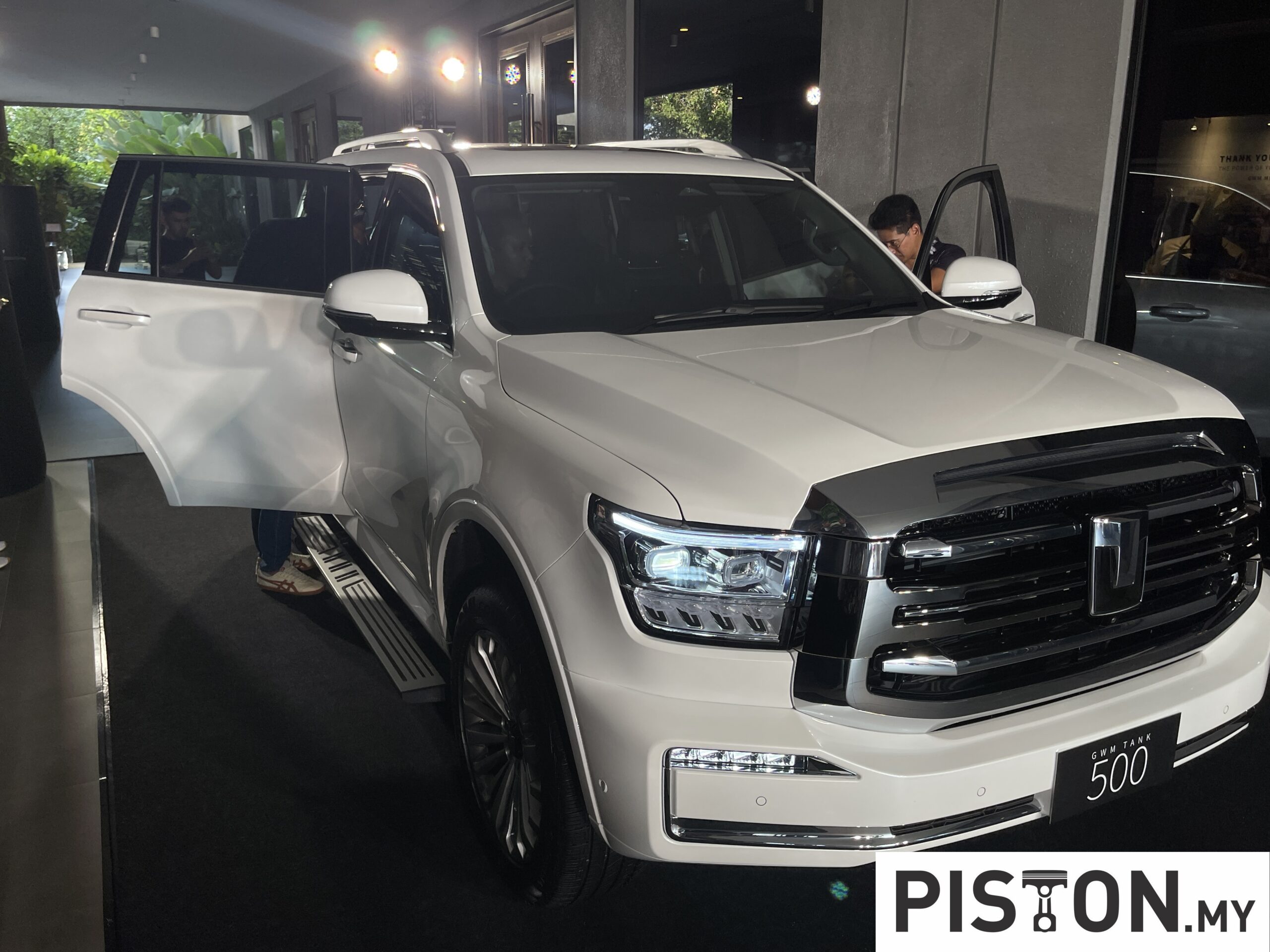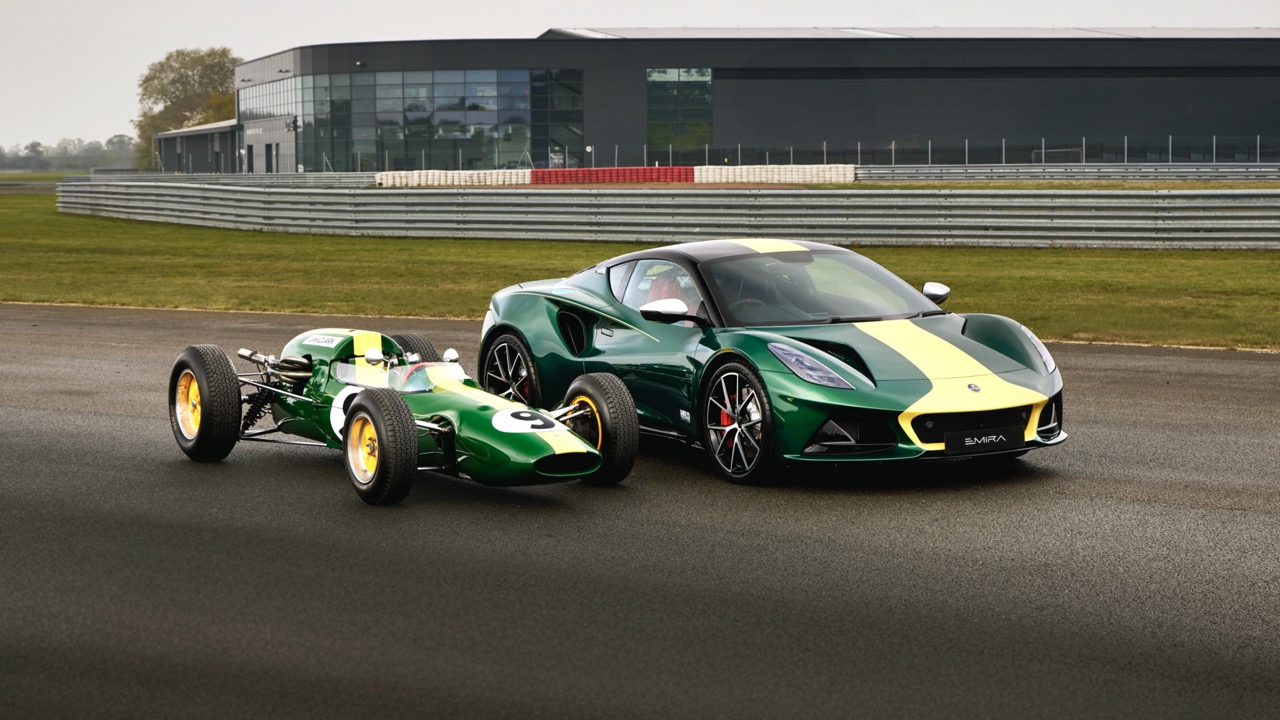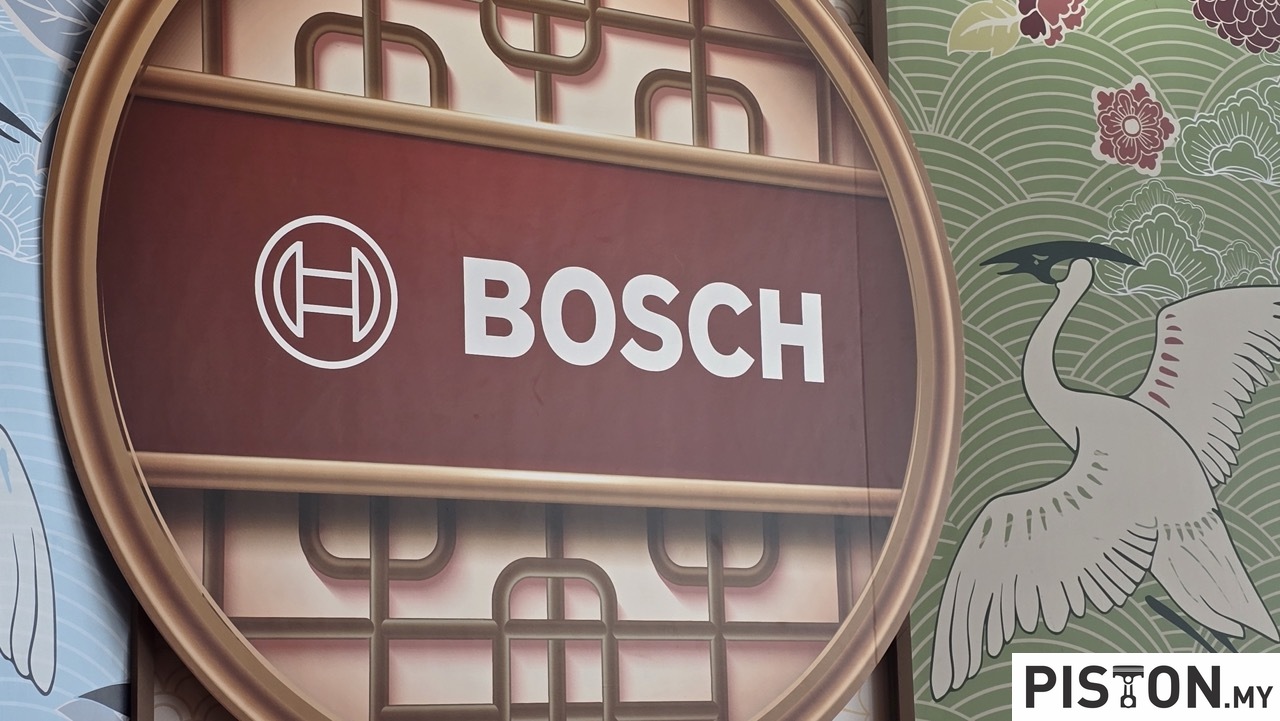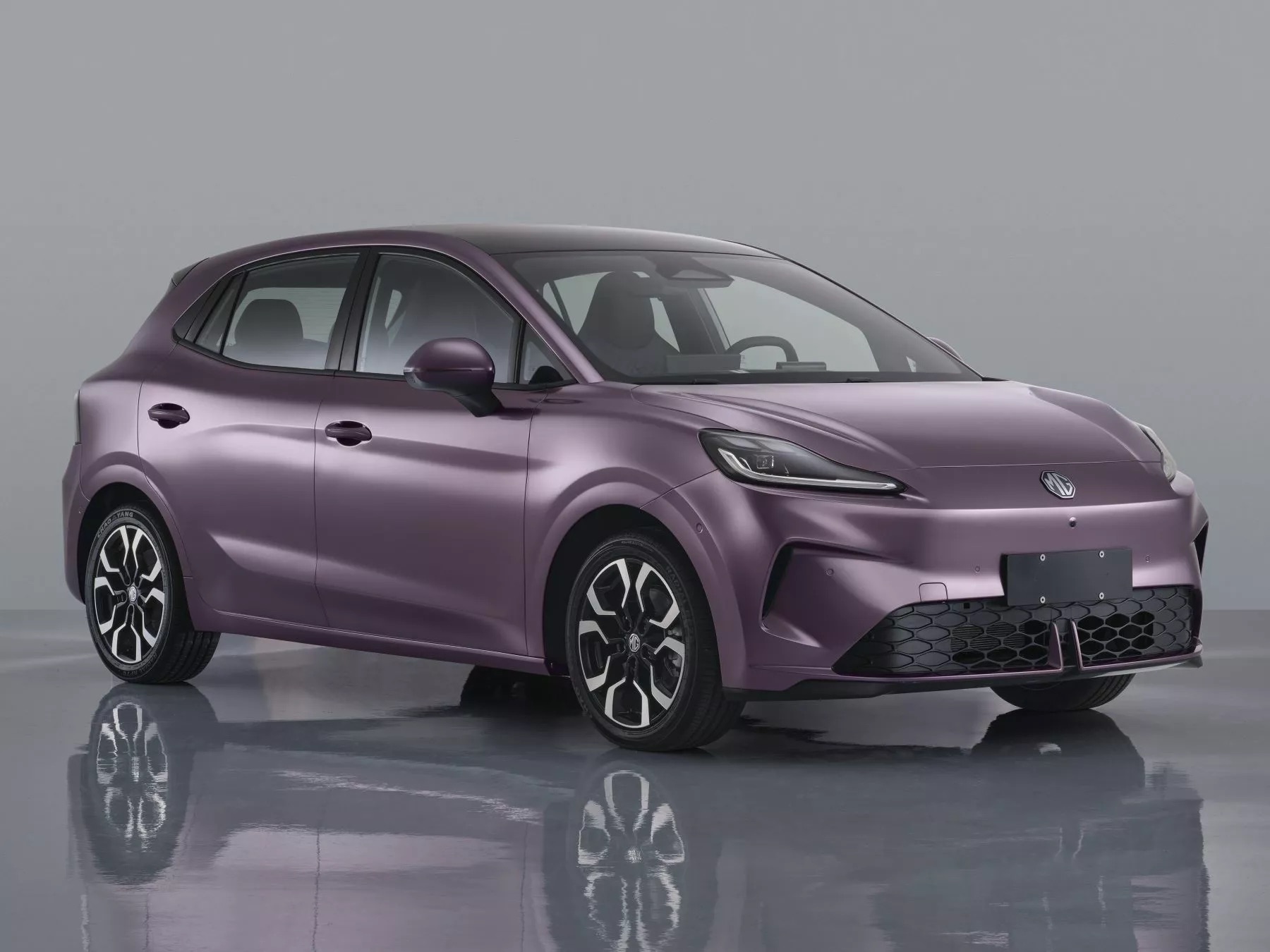Ever since the government announced its commitment to achieve net-zero greenhouse gas emissions by 2050 at the earliest, the development of the EV (electric vehicle) industry has accelerated. While the government has given exemption of all import taxes for battery electric vehicles (BEVs) to make them less expensive and therefore promote faster adoption, efforts have also been underway to quickly build up the EV infrastructure and ecosystem.
Of importance is the network of charging stations which needs to be nationwide so that EV owners can travel long distances. The government wants the network to have at least 10,000 points by 2025 and at last count, the number has reached around 900 charging stations.
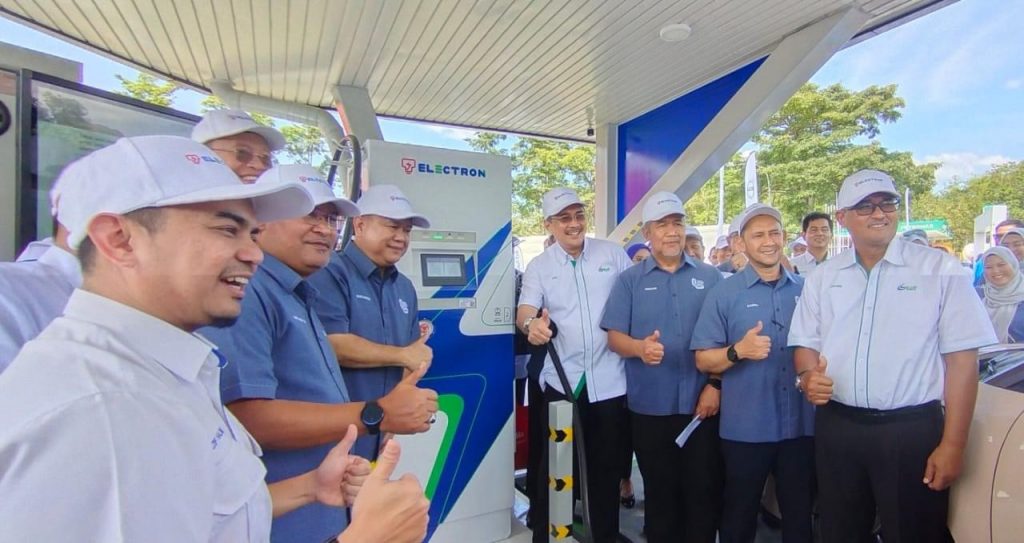
Unlike the petrol station network which has been well established over many decades, the EV charging network is still in its infancy. Most of the charging stations set up in the past year have been on the west coast of peninsular Malaysia and mainly in urban areas.
To cater to long-distance travellers, charging stations are being set up along major highways. Porsche Asia-Pacific and Shell Malaysia, for instance, have set up a few high-speed DC charging points along the North-South Expressway as part of the initiative to provide recharging services from Singapore to Thailand.
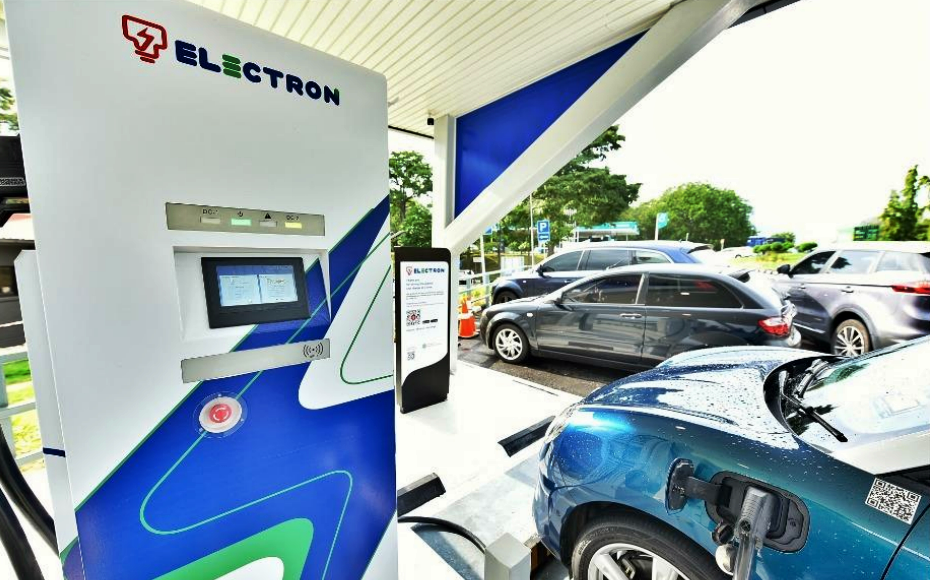
Besides such initiatives, PLUS, the expressway concessionaires, are also collaborating with Tenaga Nasional Berhad (TNB) to set up more charging facilities with another 18 points to be available by the end of 2023. The TNB Electron points on the PLUS expressway will be at 2 R&R locations – Ayer Keroh (northbound) and Tapah (northbound). Additionally, on the East Coast Highway 2 (LPT2), there will be a charging point at Paka (northbound).
For a limited time, EV owners can have free use of the 180kW TNB Electronic station at the northbound Tapah R&R. To use the facilities requires the GO TO-U mobile app (shown above) which can be downloaded from the Google Play Store or Apple App Store. For more information and guidance on using the app, click here to visit the website of TNBX (a subsidiary of TNB).
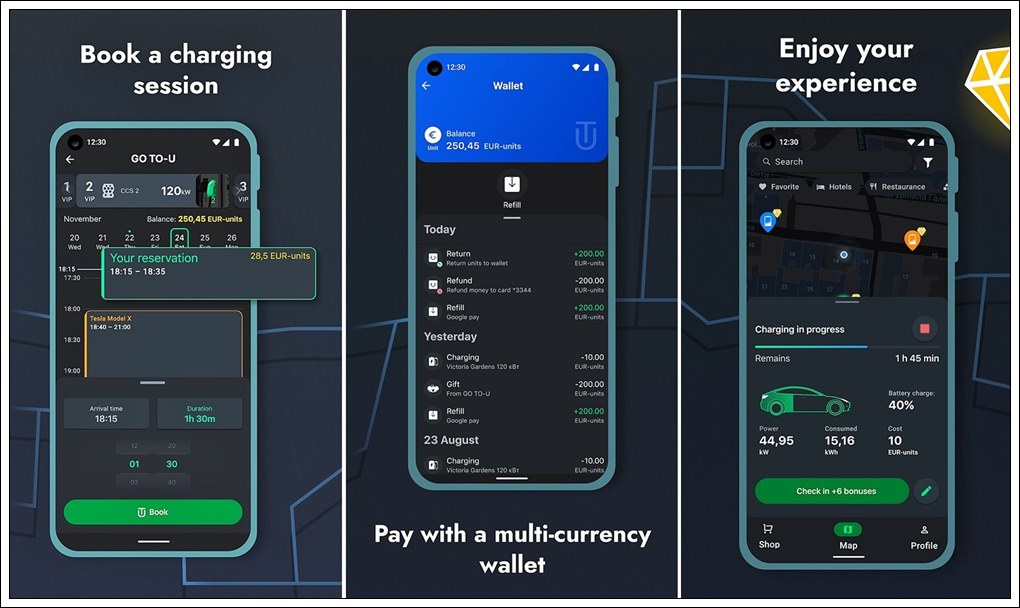
Six more TNB Electron hubs are being developed at the R&Rs located near Machap (southbound), Rawang (northbound), Gunung Semanggol (southbound), Gurun (northbound and southbound) and Paka (southbound).

The TNB Electron charging points are high-speed DC stations with 90 kW supply. This will enable shorter charging times for EVs which have charging systems that can accept DC charging. Most of the latest models can and before long, this will become standard on all EVs.
The TNB Electron stations are set up at their own area with proper shelters. Motorists need not worry about electrocution if they are connecting the cables and it is raining as there are protective features on the EVs as well as the charging stations to prevent this.
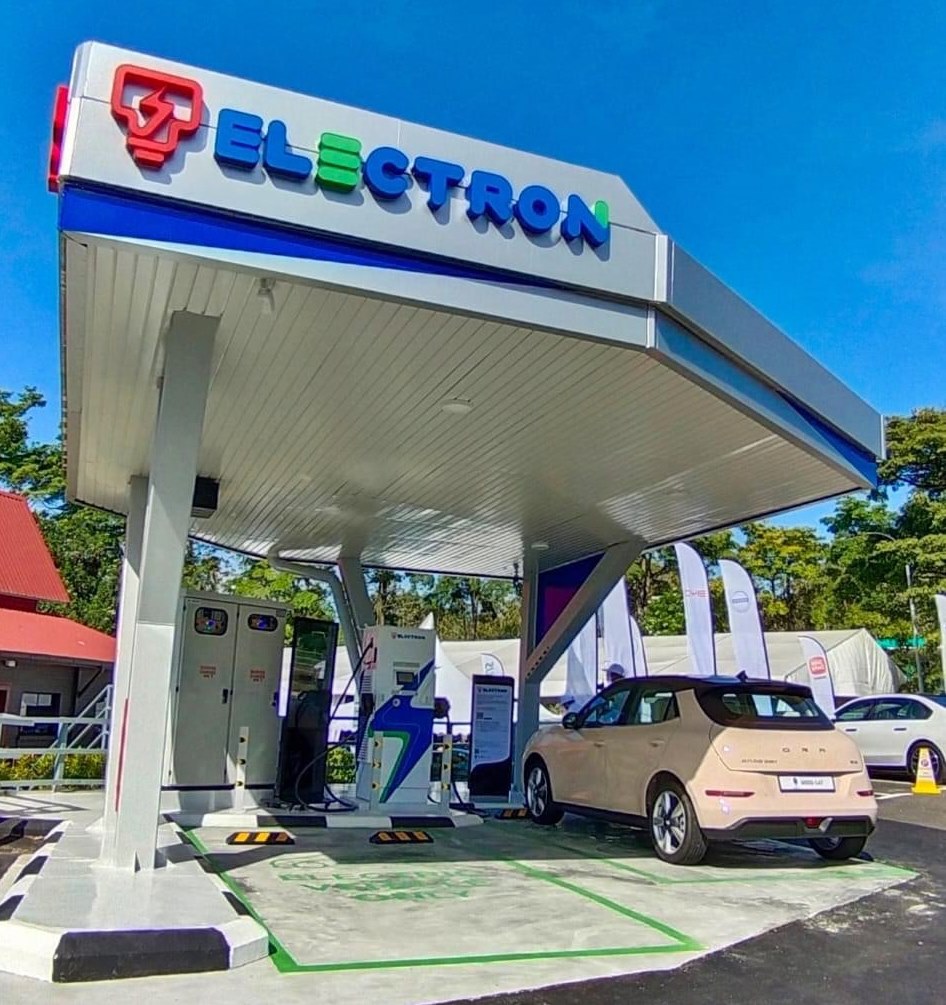
“The electricity consumption at 9 TNB Electron stations is estimated at 99,000 for the whole of 2023. This can avoid the emission of 7.2 metric tons of carbon dioxide in the same period. This is equivalent to trapping greenhouse gases from 8.5 acres of forest per year,” said the President & CEO of TNB, Dato’ Indera Ir. Baharin Din.
TNB, he said, has made the development of the EV ecosystem one of four initiatives accelerate its Energy Transition drive in an effort to increase commitment towards Environmental, Social and Governance (ESG) goals and ensure growth sustainable business. The company will spend RM90 million to build more DC charging stations around the country over a 2-year period.




